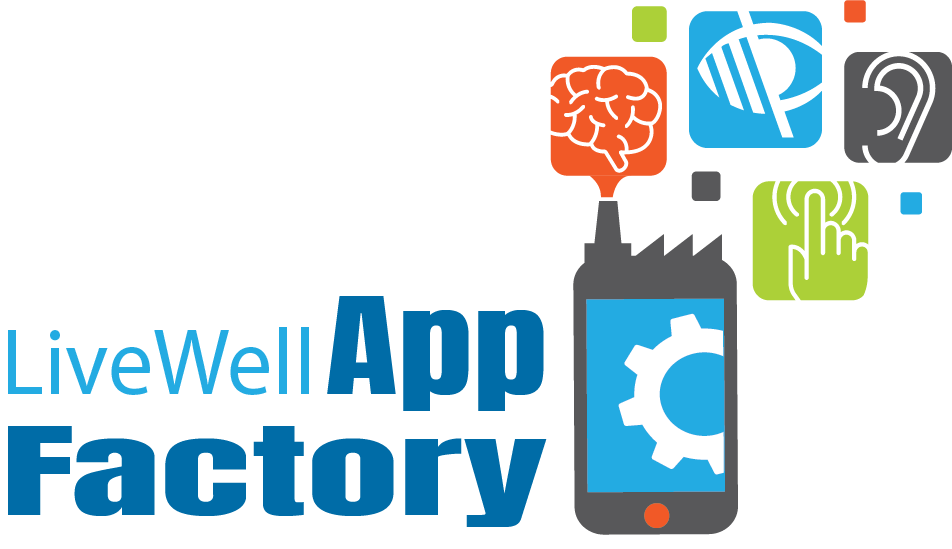Reviews and Ratings for mHealth Apps by Consumers with Disabilities
We have curated a small list of apps that have been tested by people with disabilities. We will grow this list over time and complement reviews by our evaluation team with those submitted by other readers with disabilities.
The evaluation team for each app includes six people with disabilities, two each with dexterity, cognitive, and visual impairments. Each evaluator is asked to complete two types of tasks with the app: 1) Explore to become familiar with how to navigate, set up, customize and use the app, and 2) Complete Core Tasks associated with use of the app such as logging meals into a diet and exercise app.
Based on performing these tasks, the app is evaluated using a standardized evaluation protocol which involves: 1) scoring overall usability on the System Usability Scale (with a maximum score of 100) and 2) providing a 5-star rating (similar to Amazon’s product reviews) using an anchored scale of usability from 1 Star (very difficult to use) to 5 Stars (very easy to use). Each evaluator is encouraged to provide additional comments about their overall experience using the app, noting problems or issues with any assistive technology they use (such as a screen reader).
Follow the steps below to get started in finding an app that might be suitable for you.
Step 1
How would you describe your disability?
Select the impairment category below that best describes the type of disability that you or a person that you care for has.
Dexterity
Select this dexterity and mobility category if you have trouble using your arms, hands or fingers. Users generally have a difficulty grasping their devices and use voice control or activation features on their device.
Visual
Select this category if you have some visual impairment, like low vision or blindness. Users generally use screen magnifiers, or zoom, and screen readers to use and read the content on their devices.
Cognitive
Select this category if you have an an acquired or traumatic brain injury, or have trouble remembering or thinking. Users generally rely on simplified interfaces on their devices to reduce cognitive load.



